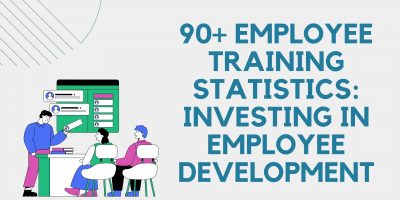
90+ Employee Training Statistics in 2025: Investing in Employee Development
Explore valuable employee training statistics that show the growing demand for work training and development.

Companies often invest heavily in recruiting new talent, yet many underestimate the value of retaining their current workforce.
The truth is, turnover is expensive.
According to Gallup, replacing leaders and managers can cost up to 200% of their salary. For technical employees, it costs 80%, and for frontline workers, 40%, which doesn’t take into consideration morale and knowledge losses.
Their recent study also shows that retention depends on getting recognition right, highlighting the need for a well-thought-out employee recognition plan.
The study identifies five pillars of strategic (high-quality) praise:
Employees who received strategic recognition were 45% less likely to leave their jobs after two years.
Moreover, those who received recognition that met at least four of these pillars were 65% less likely to seek new job opportunities. Other organizational aspects, from motivation to performance, are also largely influenced by a company’s efforts in acknowledging and rewarding their workers, or lack thereof.
So, what does an employee recognition plan that reflects these pillars look like?
Creating it is the central part of a detailed, multiple-step process.
Below, we analyze every stage before, during, and after the plan’s creation to ensure its success.

Step 1: Understand why and how recognition works.
The first step in creating a plan that works is to understand the science behind the why and how.
Workplace recognition is the acknowledgment of an employee’s contributions and achievements as an individual or part of a team. It creates immediate gratification that bolsters a sense of pride and career accomplishment.
However, beyond the fleeting feel-good moment lies long-term possibilities, from greater productivity and motivation to a sense of purpose and connection to the job.
A deeper understanding of this psychological reaction, grounded in scientific findings, can help companies develop a robust employee recognition plan.



To understand the science of recognition, we look at two aspects:
The first of these is the physiological reaction.
For this, we turn to Maslov’s hierarchy of needs, a five-tier pyramid of human necessities, starting with basic survival and moving to higher-level psychological needs.
Recognition plays a significant role in the fourth tier, or the “esteem needs.”
At this stage, it’s all about respect, achievement, and gaining approval from others. Therefore, when employees are rewarded and recognized for their efforts in the workplace, it boosts their self-esteem, confidence, and sense of worth.
Recognition at this level is a powerful motivator and reinforces an individual’s competence and value.
The second aspect is grounded in neuroscience.
Research illustrates that dopamine is crucial in positive motivation and strongly responds to reward-seeking actions.
When employees are recognized as a reward for their good work, it triggers the release of dopamine, the brain’s “feel-good” chemical.
The chemical creates a burst of happiness, making the person feel satisfied and appreciated. As a response, they’re more likely to work harder and contribute positively.
In theory, recognition leads to greater motivation and, therefore, performance.
But is this true in practice as well?
Nectar’s survey on employee recognition shows that 83% of respondents were motivated to succeed at work when their employer recognized them.
Another 77.9% would be more productive if this were a frequent practice in the workplace.
The survey also reveals that four in five employees agree that recognition impacts their engagement, and 39% strongly agree.
Looking at other research examples, Harvard Business Review reveals that even a little recognition can lead to a big morale boost.
According to their findings, symbolic non-monetary incentives, such as cost-effective gestures, personalized thank-you notes, certificates, or public recognition, could help boost motivation.
Whether it’s one of these examples or other employee incentive ideas, the bottom line is – it’s not what employers do but how they do it.
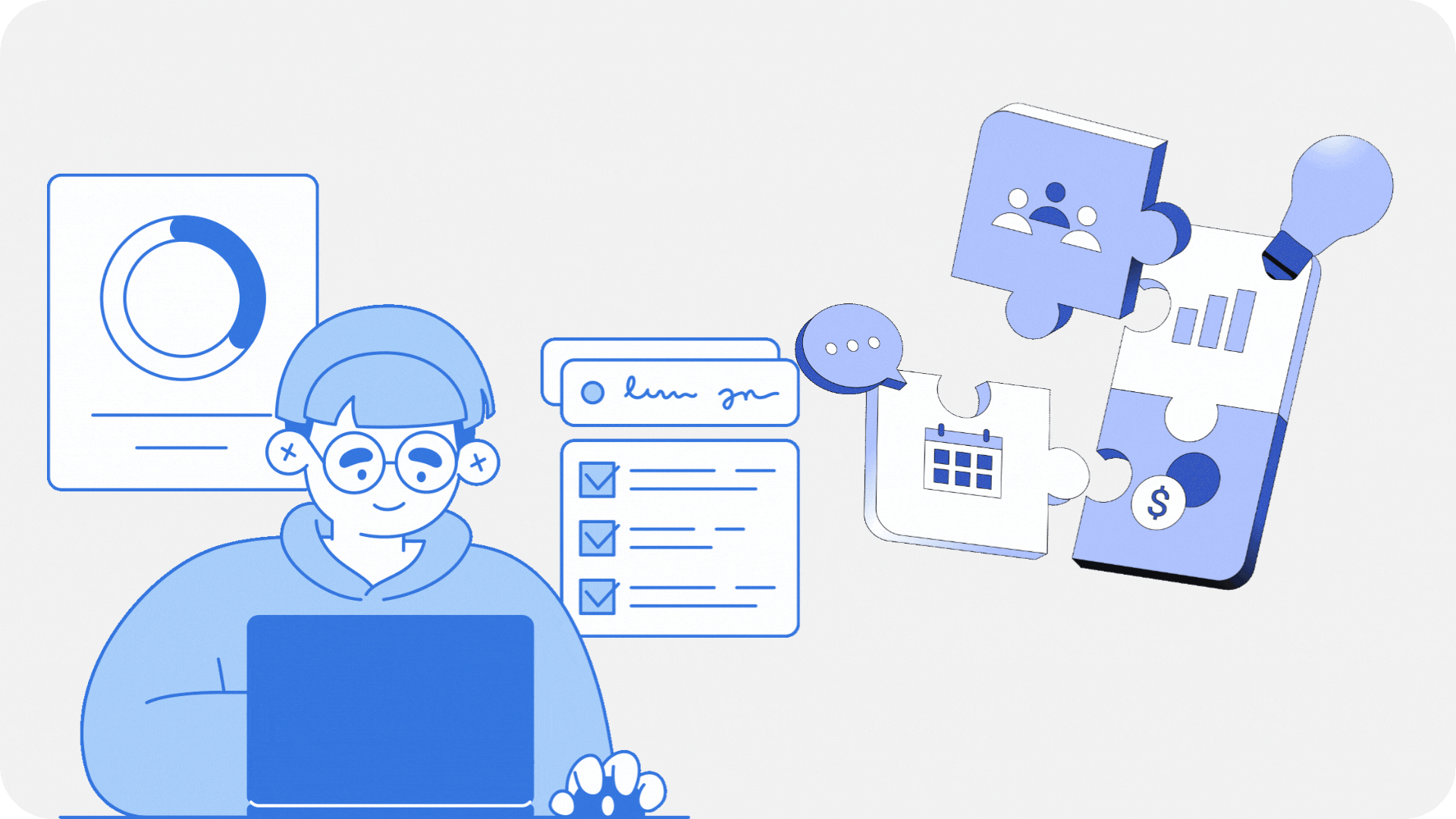
Gallup’s pillars of high-quality recognition guarantee its success, but only if it’s honest, authentic, and individualized to how each employee wants to be recognized.
Circling back to the insights from Harvard Business Review, we can also identify key elements that companies should consider in achieving these criteria:
Attention to Detail: Personalized, thoughtful gestures are more impactful than generic or rushed recognition.
Step 2: Identify the risks involved.
Despite the evidence they work, recognition programs can still be a hit or miss.
While the intention is often positive, common mistakes in their design, execution, and overall purpose can undermine their effectiveness.
When companies prioritize corporate greed over employee needs and use recognition as a transactional tool for performance rather than a genuine, consistent practice, their effort is likely to fail.
Therefore, understanding where businesses can go wrong can help them avoid common pitfalls and create programs that motivate and inspire their workforce.
The short answer is that the workplace has evolved from where it once was.
Employee needs and priorities are changing, and traditional recognition programs often fall short because they fail to adapt to this shift.
However, for a more in-depth overview, we also examine the following factors, which are all closely correlated.
1) Recourse Waste
Organizations often invest heavily in elaborate programs or costly rewards, only to find that they don’t drive the expected level of engagement.
Therefore, resource waste becomes a significant factor from generic, one-size-fits-all rewards, complex systems, and misalignment between employee and company goals.
2) Lack of Measurement
Any good corporate program requires extensive tracking of its effectiveness and clear KPIs. Otherwise, it’s impossible to know whether and how effectively it works.
3) Poor implementation
Even the best-designed programs can fail if implemented improperly.
Poor execution, including lack of manager training, inconsistent communication, and misalignment with company culture, can lead to inconsistent recognition, miscommunication, and a lack of engagement.
It’s only fair to assume that if recognition feels like an afterthought, employees will treat it the same way, and the program won’t have the desired impact.
So, the next logical question would be: What can employers do to avoid a potential failure?
Step 3: Assess the situation.
There is no definitive answer to the number of companies with recognition programs.
For example, Nectar’s survey puts it at 52.6%, while WorldatWork’s Trends in Employee Recognition report reveals,more optimistically, that 88% of organizations had a company-wide program, although most were informal.
While the exact figures may vary, the accurate measure of employee recognition lies not in quantity but in the quality of its impact.
Ensuring effectiveness while avoiding the common pitfalls of traditional programs requires assessing the situation on a company level.
At this stage, conducting surveys can reveal the general sentiment regarding the topic. Then, making it regular practice could provide insights into specific types, preferred methods, frequencies, and areas for improvement.
Afterwards, budget and resource planning take center stage to ensure sustainable and effective implementation.
Step 4: Create a plan that works.
After assessing the situation, it’s time to make a plan.
A well-defined employee recognition policy can drive success by clearly outlining the critical elements. The policy guarantees that companies understand the core aspects of recognition and embed it into their daily operations and company culture.
Determine what motivates employees the most.
There are many ways to acknowledge employees’ good work, but they will not yield the same results in today’s diverse workforce.
Therefore, creating a successful employee recognition plan requires determining which fits the employees’ specific needs.
Based on the type:
Based on the delivery:
Based on who gives the recognition:
Set up the frequency for long-term success.
Recognition is most effective when it’s consistent.
It shouldn’t be a one-time event or excessive everyday occurrence but a regular practice acknowledging achievements close to the moment they happen. Frequent praise helps build a culture of appreciation and drives engagement.
However, frequency also loses its meaning if it’s not sincere.
According to employee rewards statistics, 64% of workers prefer more meaningful recognition than frequent recognition.
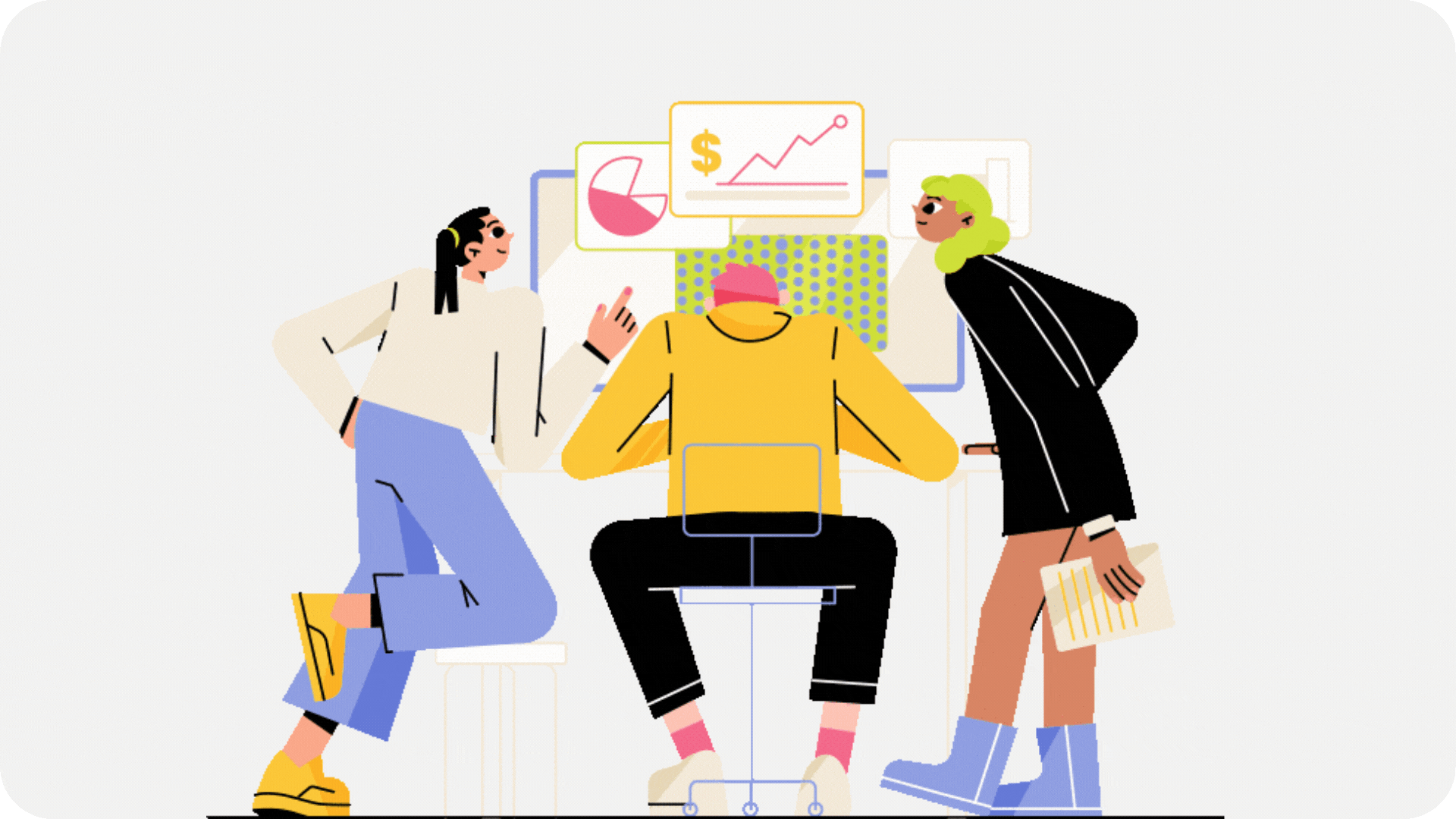
Establish a clear and impactful reward structure.
A good plan requires balancing short-term and long-term incentives supported by timely and meaningful recognition.
The reward structure should also make the experience personal and impactful, which can usually be achieved by introducing tangible and non-material rewards.
Employee rewards programs are one way to approach this.
Depending on the provider, they often present many options, from personalized gifts to memorable experiences, ensuring that rewards resonate with the individual.
Implement a recognition platform.
Success hinges on effective coordination. In this case, technology brings everything together.
Employee recognition software plays a major role in the plan’s success, but only if it meets specific criteria. For optimal performance, it should have the following features:
It also helps when the platform includes a diverse rewards catalog, customizable choices, and seamless communication tools, ensuring ongoing support and a better employee experience.
Link recognition to specific employee behaviors.
According to the neuropsychological principles we explored earlier, recognition and rewards reinforce positive behavior.
Consequently, employers can use this theory to direct workers’ attention to specific conduct that aligns with company values and goals, strengthening the desired actions through recognition.
Answering these questions will provide a clear framework for establishing recognition criteria.
Ensure the recognition is personalized and delivered in real time.
The final aspect of a successful employee recognition plan is deciding on a delivery method.
Personalized, real-time praise usually works best since it shows genuineness and attention to employees’ work.
Some employee incentive programs provide a platform for instant public recognition with an additional layer of motivation by linking rewards to specific achievements or milestones.
Tailoring the method to the individual’s preferences, whether public praise or private appreciation, enhances its authenticity and relevance to employees.
Step 5: After making the plan, it’s time to set it in motion.
A rollout strategy is an integral part of successful plan implementation. The goal is to ensure that everything is well-coordinated, organized, and successful, with a clear plan for monitoring and adjusting the process.
As such, it should outline the following steps:
Pilot program design to monitor, collect data, and adjust the main program as needed.
Step 6: Measure key metrics before and after launching.
One of the common pitfalls of traditional recognition programs is they use the same one-size-fits-all approach. Despite a naturally diverse workforce, constant workplace shifts, and evolving worker needs, many companies cater to one employee profile.
At the same time, employees can change their priorities over time, making the program redundant even after a successful implementation.
Data can help maneuver through both scenarios.
Assessing demand and preferences before the program launch ensures a successful start.
Afterwards, measuring metrics like participation rates, engagement, and long-term ROI determines its effectiveness and areas for improvement.
This data-driven approach demonstrates the program’s value, justifies the investment, and brings us to our last point – refining and improving recognition strategies for the best impact.
Step 7: Review, adjust, improve.
Finally, an adjustment framework ensures the employee recognition plan works by basing its efficacy on real-time feedback and data collected from measuring key metrics.
Analyzing the results can identify engagement trends and patterns, such as which types of recognition resonate most with workers or which groups are most active and why.
Then, as the program evolves, companies should focus their resources on areas that need improvement. For example, if employees better engage with peer-to-peer recognition over manager-led initiatives, the program should be adjusted to reflect that.
To illustrate the impact of employee recognition plans in practice, let’s examine a few case studies of companies that have effectively implemented them.
Research demonstrates the significant impact of recognition programs on Southwest Airlines employees’ engagement and motivation.
Their initiatives, which include verbal, written, and material rewards, have created a culture of appreciation and improved worker satisfaction.
The company’s survey results revealed that 86% of employees felt valued, and 79% saw a positive impact on their motivation.
After revamping its reward and recognition strategy to address low engagement from its previous one, Heineken experienced a 50% increase in peer recognition.
The company expanded the range of awards, aligned recognition with company values, and created a more inclusive and timely program to serve its diverse workforce better.
Within five months, 54% of employees received recognition, significantly improving engagement and creating a culture of consistent and meaningful acknowledgment across the company.
Hilton Worldwide Holdings holds first place on Fortune’s list of the best companies to work for in 2024. A quick search into why that reveals multiple team member engagement initiatives, including their Catch Me at My Best recognition program, which celebrates exceptional hospitality on top of comprehensive benefits like parental leave, adoption assistance, and more.
As a result, Hilton has seen significant engagement, with over 2 million recognition “catches” in 2019 and is consistently ranked among the top employers globally.
The main lesson learned is that even a minor displays of appreciation can go a long way, but only if they are sincere and authentic.
When employers do not prioritize this, their workforce can sense the disconnect. In fact, a report on employee appreciation shows that when this is the case, workers are:
But, when done right, an employee recognition plan that reflects the company’s genuine care for its employees leads to reciprocal loyalty and organizational growth.
Disclosure: Some of the products featured in this blog post may come from our partners who compensate us. This might influence the selection of products we feature and their placement and presentation on the page. However, it does not impact our evaluations; our opinions are our own. The information provided in this post is for general informational purposes only.
Content Writer at Shortlister
Browse our curated list of vendors to find the best solution for your needs.
Subscribe to our newsletter for the latest trends, expert tips, and workplace insights!

Explore valuable employee training statistics that show the growing demand for work training and development.
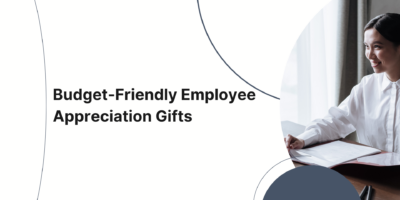
What makes a gift memorable? These low-cost employee appreciation gift ideas show that recognition means more when it’s personal, authentic, and meaningful.
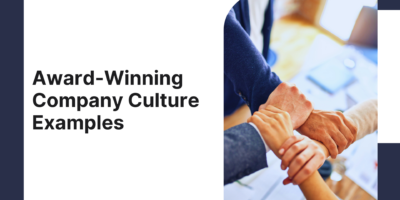
Behind every “best workplace” award is a set of invisible rules that shape how decisions are made, how people are treated, and who chooses to stay.
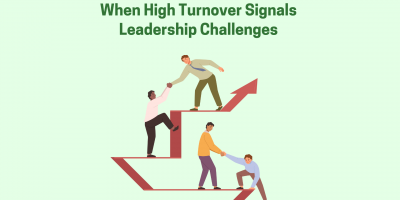
Great leaders don’t just ask, “Why are people leaving? But rather, “What must we change to make them stay?”
Used by most of the top employee benefits consultants in the US, Shortlister is where you can find, research and select HR and benefits vendors for your clients.
Shortlister helps you reach your ideal prospects. Claim your free account to control your message and receive employer, consultant and health plan leads.